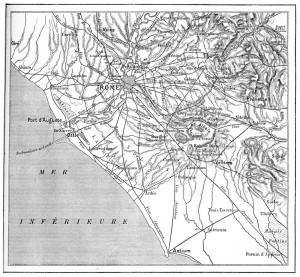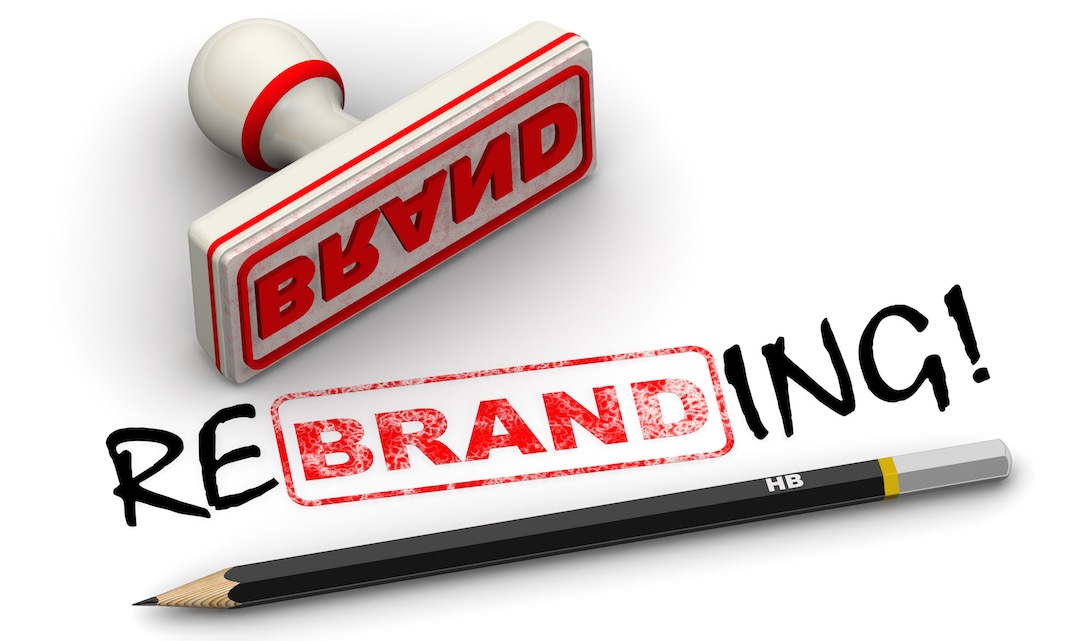 Every Brand Market Strategy is aimed at selling more product, plus gaining and maintaining customer loyalty, but they go about it in different ways.
Every Brand Market Strategy is aimed at selling more product, plus gaining and maintaining customer loyalty, but they go about it in different ways.
Is it the best or the least expensive? Does it provide superior service, or is it the only one of its kind?
As brands distinguish themselves, they consider the landscape between their current position and their goal. Like building a road, they must engineer their way around obstacles. The fastest way there is not always a straight line.
Here is a sample of the terrain you must navigate to get to your goal:
1. Current Location.
Where are you in the market now? Just beginning, down the road already, or down the wrong road? Start with a candid assessment of your current status, rankings, and brand perception.
2. Capabilities.
How much money, resources, and time do you have to improve your sales and image? Learn who benefits if you succeed, and how you can help them achieve their goals by increasing your sales.
3. Market.
Who is your market, and what do they want that they are not getting? Excellent branding strategy includes a feedback loop from customer service to sales and production. Branding strategies must constantly convey that their products are relevant, valuable, and dependable.
4. Timing.
Your strategy will change as you shift gears to reflect your growing market share. At first, you may just want to establish cash flow. Then you realize that growing requires a different message, different positioning, or even a different product. Staying on top is even more challenging and requires yet a different approach.
5. Communication.
You have to get your message out there, but how? Point of sale signs, third-party endorsements, and prominent displays have all been successfully used. So has Worthy Cause Marketing, which gives your customers a social reason to buy your product.
6. Message.
What you say and how you say it varies in each venue. Your message has to reaffirm the brand’s promise and distinguish itself from the competition. A consistent message communicated in a variety of ways is the most effective. But the product, its performance, and its availability are already sending the strongest message.
7. Competition.
What’s currently dominating the market and why? Find the voids that your product or service can fill in a unique and effective way. Is it best price, durability, speed, or does it satisfy some other need like status or security?
8. Distribution.
Your marketing strategy is not complete without a distribution strategy. How will you physically get to the market and stay there? You may, for instance, have to sell your own product for your distributor to get his attention and bring in a big buyer.
9. Incentive.
Why will your own people want to sell and grow your brand? How will your office and production staff benefit by facilitating sales? A comprehensive brand building strategy must tie sales success and profitability to all your people. Understand the metrics that measure success and reward for achievement. Remember to “incentivize” everyone you depend on in the distribution and production channels. Praise is a good incentive to many. A financial reward is even better.
Whatever branding strategy you choose, make it flexible enough to allow for the terrain and changes in the market. Start with diligent research in each area before you set your course.
Marketing strategy is a road with many twists, turns, hills, and detours. Learn the topography first. Good marketing strategy is a discovery more than it is a creation. Be sure to check the map early and often to discover where you are, where you are going, and how to get there.


